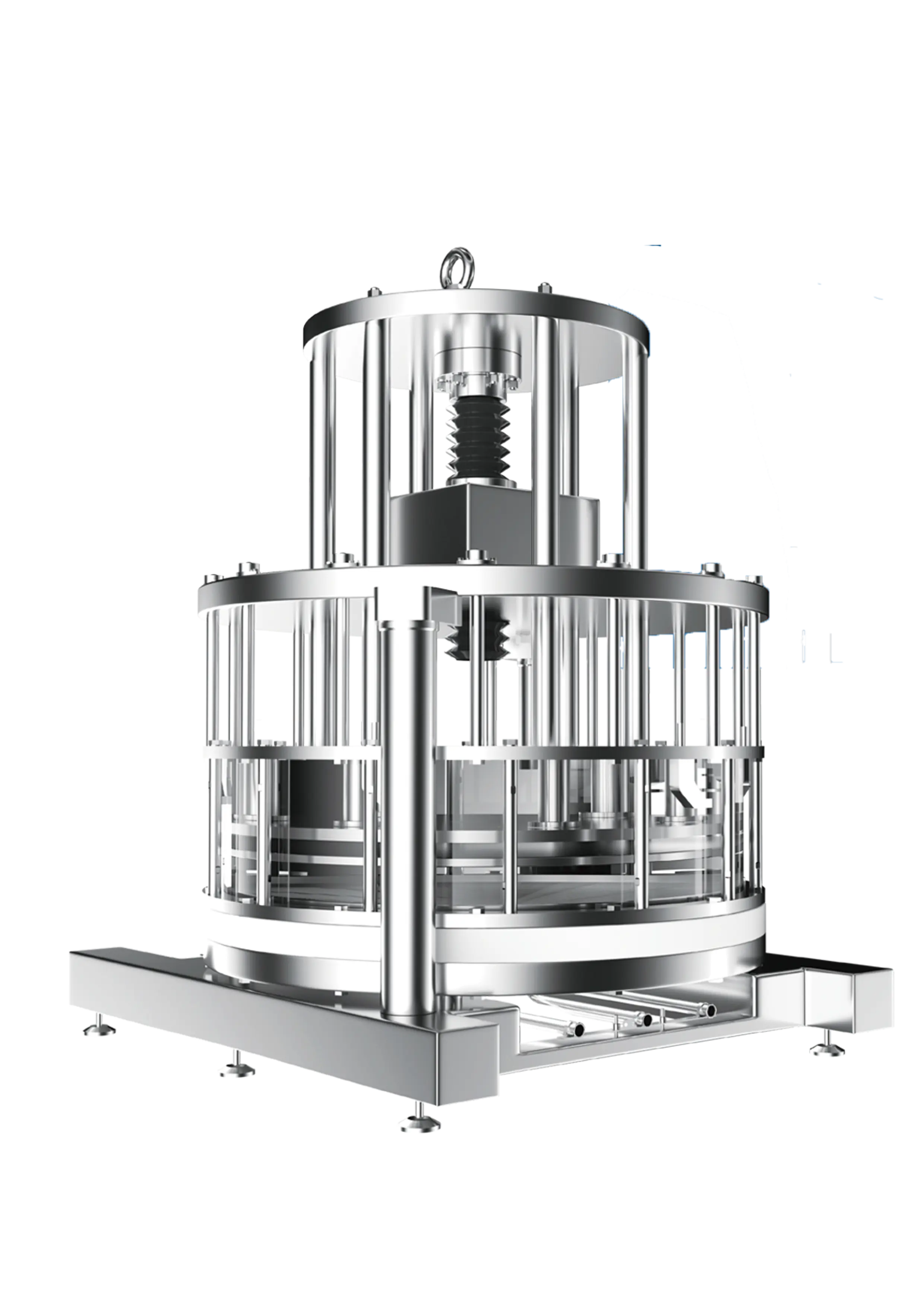




Inactivated Vaccines: Inactivated vaccines contain viruses or bacteria that have been killed or inactivated. Purification of these vaccines often involves initial clarification steps, such as filtration or centrifugation, to remove cell debris and large particles. Subsequent chromatography steps, such as ion exchange chromatography or size exclusion chromatography, can be employed to further purify the inactivated antigens.
Subunit Vaccines: Subunit vaccines consist of specific antigens or proteins derived from the pathogen. Purification of subunit vaccines typically involves recombinant DNA technology and protein expression systems. Affinity chromatography, such as Protein A/G/L chromatography, can be used to selectively capture and purify the target antigen from the expression system. Additional purification steps, such as chromatography or filtration, may be used to remove impurities and obtain a highly purified subunit vaccine.
Viral Vector-Based Vaccines: Viral vector-based vaccines use a modified virus to deliver genetic material and stimulate an immune response. Purification of viral vector-based vaccines may involve multiple steps to remove impurities, host cell proteins, and viral contaminants. Techniques like ultracentrifugation, chromatography, and filtration are employed to separate and purify the viral vector particles from the host cell components.
Live Attenuated Vaccines: Live attenuated vaccines contain weakened or attenuated forms of the pathogen. Purification of live attenuated vaccines may involve steps to separate and purify the attenuated virus particles from the host cells. Techniques like gradient centrifugation, ultrafiltration, or chromatography can be used to achieve purification while maintaining the viability and infectivity of the attenuated virus.